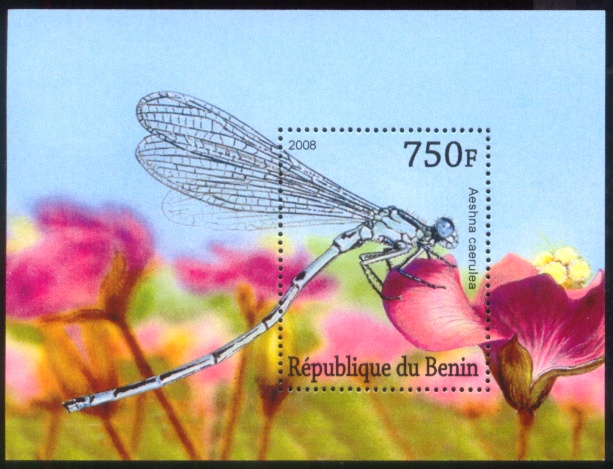The effect of imidacloprid and fipronil on Sympetrum infuscatum larvae and adults during the rice cultivation period was monitored using an experimental micro-paddy lysimeter (MPL) system. Twenty-two hatched larvae were laid on the soil surface of each MPL. MPLs were treated with imidacloprid, fipronil, and the control MPL was left untreated. The pesticide concentration, S. infuscatum larval and adult populations, and larval emergence time were monitored in each MPL. The maximum imidacloprid and fipronil concentration in paddy water was 52.8 μg/l at 1 day, and 1.3 μg/l at 6 h, respectively, after the pesticide application. Both pesticides dissipated quickly in paddy water, with half-lives of 8.8 and 5.4 days for imidacloprid and fipronil, respectively. The absence of S. infuscatum larvae and exuviae in the fipronil-treated MPL was remarkable. The larval survival decreased to 63.6 ± 18.2, 15.2 ± 2.6, and 0% in the control, imidacloprid-treated, and fipronil-treated MPLs, respectively, by 9 days after pesticide application. Emergence in the imidacloprid-treated MPL was also significantly lower than that in the control MPL. The observed decrease in the abundances of S. infuscatum larvae and adults in MPLs seems to be both directly and indirectly associated with nursery-box application of fipronil and imidacloprid.
Source:
Hiroshi Jinguji et al. Paddy Water Environ (2013) 11:277–284 (attached)

- Log in to post comments
